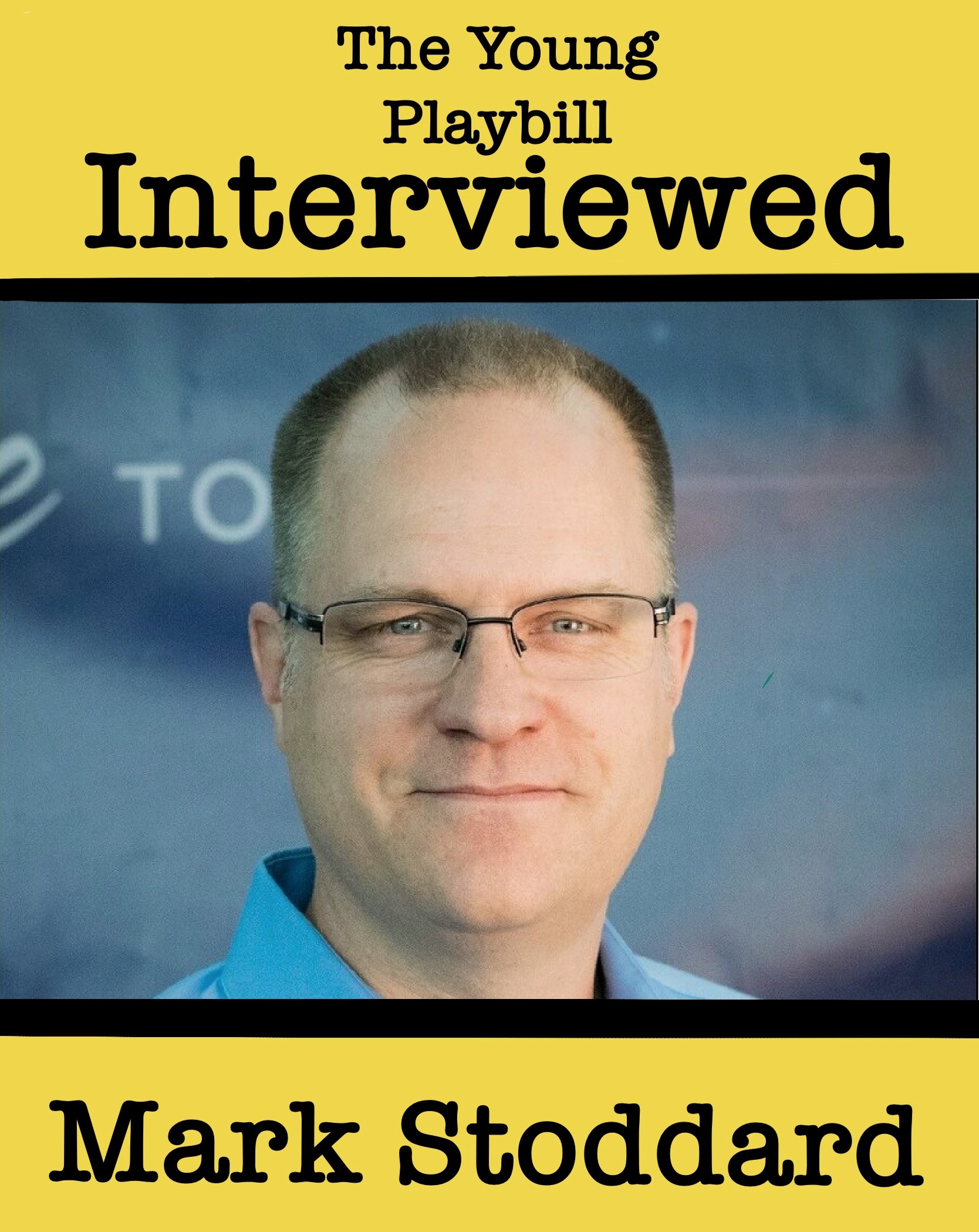Secrets from the Casting Room: Director Mark Stoddard Reveals How to Nail Your Youth Theater Audition!
For young performers stepping into the world of theater, the audition process can be both exciting and intimidating. Understanding what directors look for, how casting decisions are made, and how to navigate the challenges of the industry is crucial for those hoping to grow in their craft. To gain deeper insight into this process, I spoke with Mark Stoddard, Former Associate Artistic Director of Valley Youth Theatre, about his approach to directing, casting, and fostering young talent.
With decades of experience in directing and arts education, Stoddard emphasizes that casting is about far more than just raw talent. He shared his thoughts on what makes an audition successful, the challenges young performers face, and what truly sets apart those who thrive in theater.
The Four T’s of Casting
One of the key frameworks Stoddard uses in auditions is what he calls the Four T’s:
Talent – The performer’s ability to sing, act, and dance.
Type – How the actor fits the role physically and vocally.
Temperament – Attitude, professionalism, and work ethic.
Time – Availability and commitment to rehearsals and performances.
Some of the questions Stoddard takes into consideration when casting include: “Do we want to spend time with this person for the next two months? And are they friendly? Are they directable? Are we going to have a collaborative relationship with the music director and the choreographer and so forth? Are they a nice person to be around?”
Common Mistakes in Auditions
Stoddard noted that many young actors make the same avoidable mistakes in auditions. One of the biggest is lack of preparation.
Beyond preparation, self-presentation also plays a crucial role. Stoddard advises young performers to focus on how they carry themselves in the audition room.
Stoddard advises, “Be prepared with your material, be very confident with it, so you’re making confident decisions.”
Confidence matters. Directors notice how you enter the space, how you engage, and whether you seem comfortable in your own skin. Even if you’re nervous, good posture, eye contact, and a clear, strong voice can make a difference.
Potential vs. Experience: What Matters More?
Many young performers worry that a lack of experience will hurt their chances in auditions. However, Stoddard reassures them that potential often outweighs past roles.
“I never cast out of experience over potential. So if I’m looking at somebody, I’m like, oh, this person hasn’t been in a show yet, but they’ve got some potential there. I almost always bring them to a callback, so I want to see them in the room with a few other actors who are up for the same role and kind of see how they do.”
Directors, he explains, are looking for actors who demonstrate growth potential, not just those with the longest resumes.
How Casting Decisions Are Made
Casting is rarely a solo decision. Stoddard describes the process as highly **collaborative**, involving a panel of creative team members, including choreographers, musical directors, and stage managers.
“I typically have three to four other people in the callback. So music director. And I want to hear their input. Choreographer, I want to hear their input.”
The Most Rewarding Aspects of Directing
While casting can be a difficult process, the most rewarding part of directing for Stoddard is witnessing the growth of young performers.
“I love seeing actors take direction, whether it’s from the director, choreographer, or music director, and incorporate that into the choices they’re making. The directors are not there to reprimand you. They’re there to help you craft the journey of the character.”
Challenges in Theater: Rejection and Resilience
For young performers, one of the toughest realities of theater is dealing with rejection. Stoddard acknowledges that this can be discouraging but stresses the importance of developing both resilience and perspective.
“You have to have thick skin but a tender heart.”
He encourages young actors to see auditions as learning experiences rather than pass-or-fail tests.
Every audition, even if you don’t get the role, is an opportunity to grow and improve.
Beyond Acting: The Value of Learning Multiple Theater Skills
For those interested in pursuing theater long-term, Stoddard advises developing skills beyond acting alone.
“If you can learn tech skills, whether it’s lighting or sound or costuming or stage management, the more skills you can acquire around you the better chance you’re going to have a career in theater.”
Stoddard himself transitioned from acting to directing and teaching, demonstrating that there are many paths to a fulfilling career in theater.
Final Thoughts
The key takeaways from Stoddard’s approach to directing and casting are clear: preparation, confidence, and adaptability matter just as much as raw talent. While rejection is a natural part of the process, those who remain persistent and open to growth will find opportunities to succeed.
As the youth theater community continues to grow, Stoddard remains committed to supporting young performers, offering guidance, and fostering an environment where actors can develop both their skills and their love for the craft.
Be prepared, be open to learning, and most importantly—enjoy the process.

